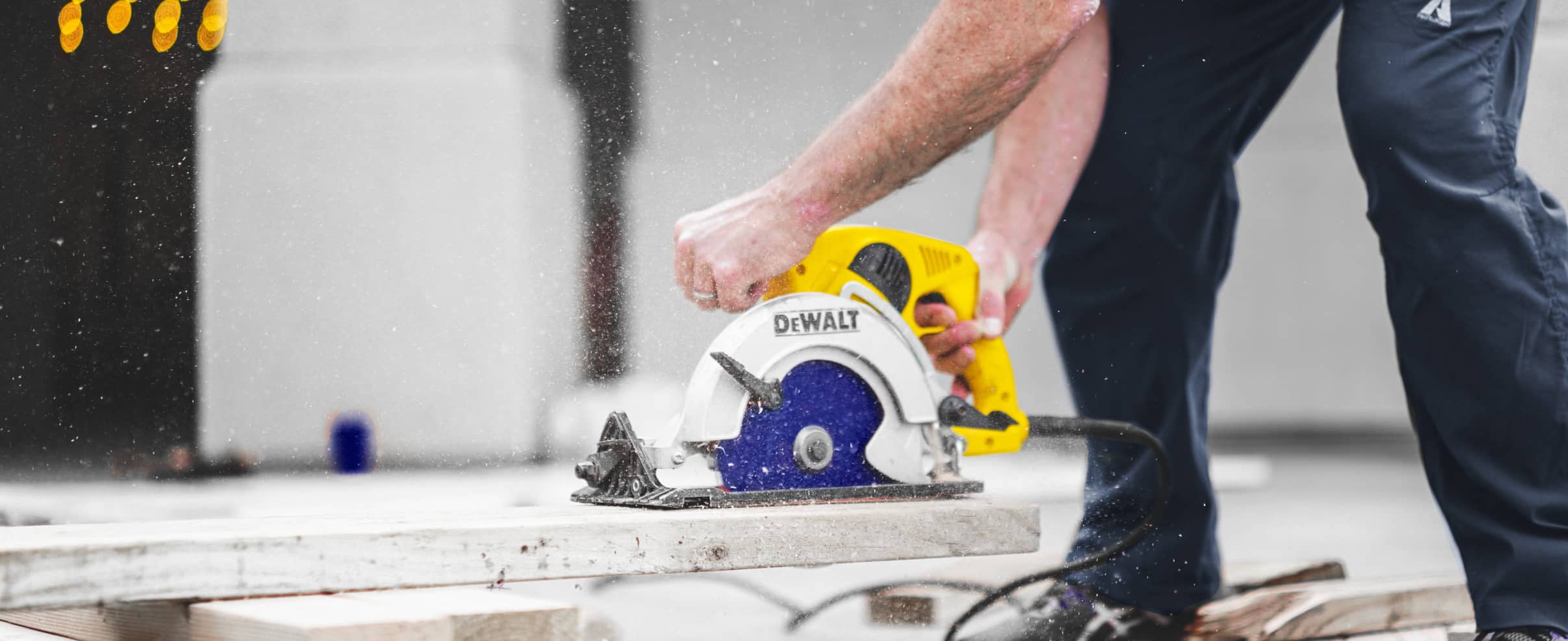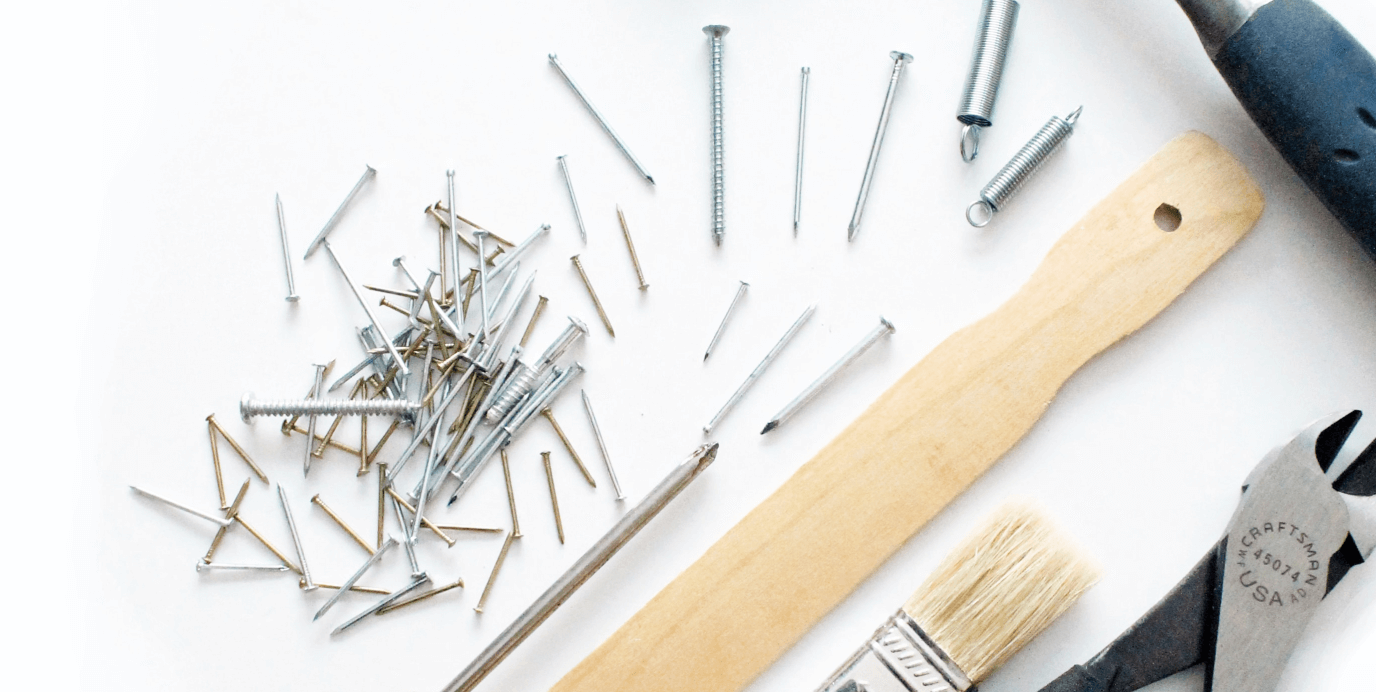
10 Essential Tools That Every Handyman Should Have
The Basics: Must-Have Tools for Every Handyman
At Haslett Handyman & Renovation, we pride ourselves on bringing the right equipment to every job, from a leaky faucet to a full kitchen remodel. But even before we get into the heavy-duty gear, there are a few foundational pieces that every homeowner (and professional!) should have within arm's reach.
In this article, we’ll cut through the clutter of the hardware store aisles and present you with a concise list of the 10 essential, fundamental tools that simply cannot be missing from your toolbox. Master these, and you'll be ready for 90% of household emergencies and minor upgrades!
1) Claw HammerThe ultimate classic. Used for driving nails (carpentry, hanging) and pulling them out. Go for a medium weight (16 oz.) for versatility.
2) Measuring Tape (25 ft)The foundation of all work. "Measure twice, cut once." Critical for drywall, trim, framing, and even decorating.
3) Cordless Drill/Driver (18V or 20V)The single most used power tool. Used for drilling holes (Pilot holes) and driving screws quickly. Invest in a reliable brand for battery life.
4) Level (2-3 ft & Torpedo)Essential for ensuring every installation (shelves, cabinets, mirrors) is perfectly straight. The torpedo is great for tight spots.
5) Utility Knife (Razor Blade)Inexpensive but versatile. Used for scoring drywall, cutting shims, opening boxes, trimming insulation, and scraping. Always have sharp blades!
6) Adjustable Wrench & PliersUsed for minor plumbing (tightening nuts/fittings) and general mechanics. The adjustable wrench is a great universal tool.
7) Screwdriver Set (Phillips & Flathead)You need several sizes. Magnetic tips are a huge bonus. Essential for electrical outlet covers, hardware, and furniture assembly.
8) Safety Gear (Glasses & Gloves)The most important tool! Protect eyes from debris and hands from splinters/cuts. Never skip safety for any job.
9) Stud Finder (Electronic)Critical for securely hanging anything heavy (TVs, cabinets, curtain rods). Prevents damage and ensures safety.
10) Assorted Fasteners & AnchorsNot a tool, but a necessity! A small kit of drywall anchors, wood screws, and nails ensures you never have to stop a job prematurely.

Power Up: Essential Power Tools For Home Repairs
1. The Classic Claw Hammer
The hammer is the oldest and most versatile tool in the kit. Every home needs one.
- Pro Tip: Choose a hammer that is comfortable to hold, typically a 16-ounce smooth face model for general use. The claw is essential for pulling out bent or misaligned nails, making it indispensable for quick fixes and framing work.
2. The Indispensable Measuring Tape (25 ft)
"Measure twice, cut once" is the mantra of every successful handyman. Without an accurate tape measure, you’re just guessing.
- Pro Tip: Look for a 25-foot tape measure with a sturdy, wide blade. This length is sufficient for most rooms and exterior work, and a wide blade won't fold over easily when extended.
3. Cordless Drill/Driver (18V or 20V)
Forget manually screwing in hundreds of screws. This is the one power tool that is mandatory for every household. It quickly drives screws and, with the right bit, drills holes into wood, metal, and drywall.
- Pro Tip: Invest in a reliable 18V or 20V brand with two batteries. This ensures you always have power ready to go, and the higher voltage offers enough torque for tough jobs like driving long deck screws.
4. Reliable Level (2–3 ft and Torpedo)
Nothing makes a job look more unprofessional than a crooked shelf, frame, or cabinet. A level ensures everything is perfectly plumb (vertical) and level (horizontal).
- Pro Tip: Keep a standard 2–3 foot level for larger projects like hanging cabinets, and a small torpedo level for tight spaces and checking small fixtures or outlets.
5. Heavy-Duty Utility Knife
This tool is cheap, powerful, and useful for countless tasks. It's ideal for scoring drywall before snapping it, cutting shims, trimming excess materials, or simply breaking down boxes for recycling.
- Pro Tip: Always use a utility knife with a sharp, fresh razor blade. A dull blade is less efficient and, ironically, more dangerous because it requires more force to cut.
6. Adjustable Wrench and Pliers
These are your primary tools for handling nuts, bolts, and minor plumbing. The adjustable wrench eliminates the need for a huge set of fixed wrenches and is perfect for tightening sink fixtures and hose connections. Pliers (needle-nose and channel locks) help you grip, bend, and cut wire or fasteners.
- Pro Tip: When tightening with an adjustable wrench, ensure the jaw is snug against the nut to prevent stripping the edges.
7. Assorted Screwdriver Set
Even with a power drill, you still need a set of Phillips and Flathead screwdrivers for detailed work, especially for electrical components, delicate hardware, or when you need a gentle touch.
- Pro Tip: Look for a set that includes smaller precision screwdrivers for tasks like replacing batteries in toys or fixing eyeglasses. Magnetic tips are a game-changer when working in awkward positions.
8. The Essential Safety Gear
This is the most crucial item on the list. A handyman is only as good as their ability to protect themselves.
- Must-Haves: Always have a good pair of safety glasses (to protect against flying debris) and sturdy work gloves (to prevent cuts and splinters). Earplugs are highly recommended for any power tool use.
9. Electronic Stud Finder
If you're hanging a heavy television, a new mirror, or even a towel rack, you need to anchor it into a wall stud or solid blocking. A cheap stud finder will save you from patching dozens of misplaced holes in your drywall.
- Pro Tip: To double-check a stud finder's location, use a thin nail to test the area near the finder's mark before drilling a larger hole.
10. Assortment of Fasteners and Anchors
You can't fix a thing without the right hardware. Stocking a basic, compartmentalized box of screws, nails, and drywall anchors ensures you're ready for any small task without a mid-project trip to the hardware store.
- Must-Have Hardware: Keep a variety of common wood screws (1-inch and 2-inch), picture hangers, and plastic drywall anchors on hand.
Tight Spaces: Tools For Working In Small Areas
A claw hammer is a classic and essential tool in any toolbox. With it, you can drive and pull nails, as well as perform demolition or light construction tasks. Choose a claw hammer that fits well in your hand and is balanced in weight for better control.
While you can't swing a hammer in a cramped cabinet or between ceiling joists, the tool remains crucial for tasks that pop up even in those awkward areas:
Get A Grip: The Best Clamps And Vises For Any Job
A hand saw will allow you to make precise cuts in different materials. It is ideal for carpentry work, such as cutting boards or moldings. Be sure to choose a saw with a quality, sharp blade for the best results.
- Precision and Detail: The control offered by a hand saw is ideal for delicate carpentry work, such as cutting intricate moldings, custom trim, or making small adjustments to existing boards. It allows you to feel the wood and make minute corrections as you go, ensuring a perfect fit.
- Versatility: With the right blade, a hand saw can tackle far more than just wood. From cutting PVC pipe in a cramped bathroom to slicing thin metal in a garage, a sharp blade is your fastest, most portable cutting solution.
- Quality Matters: Be sure to choose a saw with a quality, sharp blade that is appropriate for your most common cutting material. A sharp blade is safer, requires less effort, and is crucial for achieving the best, cleanest results that professional finish work demands.
Transitioning Back to "Get A Grip"
The secret to making these precise hand saw cuts is stability—and that brings us right back to gripping tools. You can have the sharpest saw, but without a strong vise or the right clamp holding your workpiece steady, your results will be sloppy.
This leads us directly to the tools that keep your work locked down...
Focus on the Vision, We'll Handle the Tools
While a well-stocked toolbox is crucial, your time is valuable. Why spend hours running to the hardware store for one obscure tool when you could have a professional handle the entire job?
At Haslett Handyman & Renovation, we’re fully equipped with all the basics—and the complex specialty tools—to tackle roofing, electrical, decking, and everything in between.
Ready to move that project from your to-do list to DONE?
Click here to request your free, no-obligation quote today and let the experts at Haslett Handyman put our tools to work for you!
.jpg)

